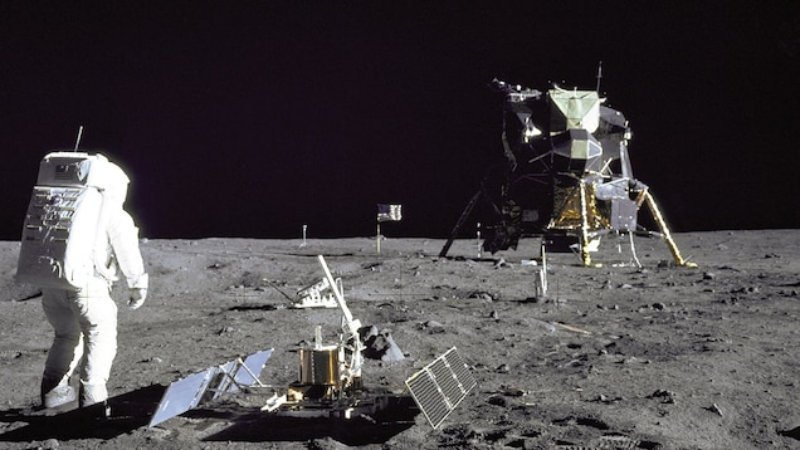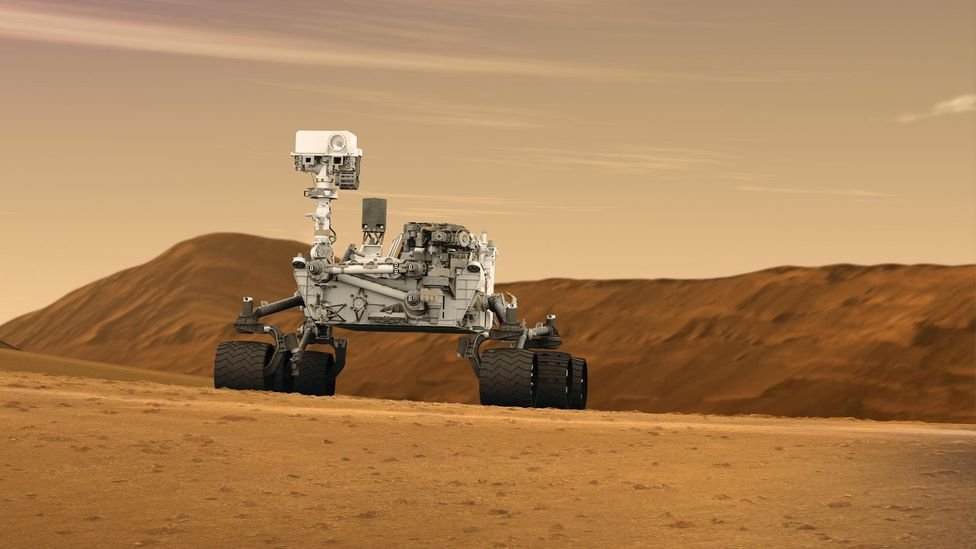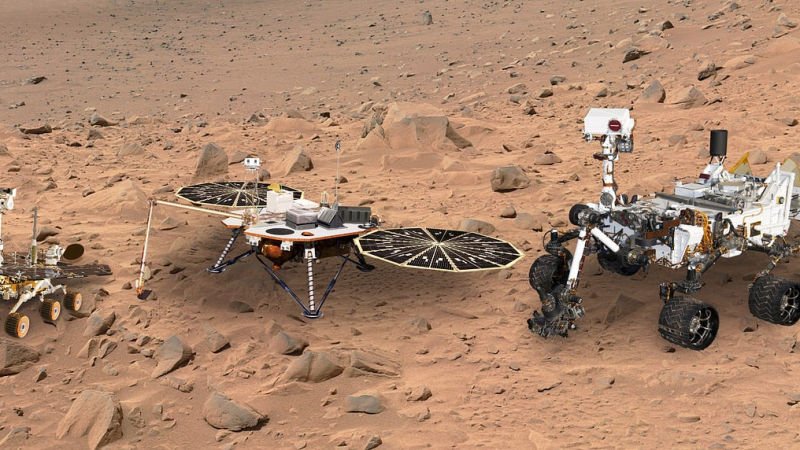The exploration of distant planets and celestial bodies has been revolutionized by the deployment of robotic rovers and landers. These ingenious spacecraft have become the eyes and hands of space agencies, enabling us to study the surfaces of planets, moons, and asteroids in unprecedented detail. Join us as we delve into the fascinating world of rovers and landers, the technological marvels that extend our reach across the cosmos and unlock the secrets of our celestial neighbors.
Early Pioneers: Luna and Viking Missions
1. Luna Program: Moon Exploration
The Soviet Union’s Luna program marked the beginning of robotic exploration with missions that successfully deployed landers and rovers to the Moon, providing crucial insights into lunar geology.
2. Viking Missions to Mars
NASA’s Viking program introduced the concept of landers to Mars, with Viking 1 and 2 delivering the first successful spacecraft to the Martian surface. These missions laid the groundwork for future Mars exploration.

Mars Rovers: Spirit, Opportunity, and Curiosity
1. Spirit and Opportunity
Launched in 2003, NASA’s Spirit and Opportunity rovers explored the Martian surface, providing evidence of past water activity and conducting geological studies. Spirit operated until 2010, while Opportunity continued until 2018.
2. Curiosity Rover
The Mars Science Laboratory mission sent Curiosity to Mars in 2012. Equipped with advanced instruments, Curiosity has been analyzing Martian rocks, soil, and atmosphere, seeking signs of past habitability.
The Robotic Geologists: Spirit and Perseverance
1. Spirit Rover (2004-2010)
Spirit’s six-year mission included the examination of Martian rocks and soil. Its findings significantly contributed to our understanding of Mars’ geological history.
2. Perseverance Rover (2021 and Beyond)
Perseverance, the latest Mars rover, landed in 2021 with the primary goal of astrobiology research. It will explore Jezero Crater, a site believed to have once hosted a lake, searching for signs of ancient microbial life.
Lunar Exploration: Chang’e and Lunar Rovers
1. Chang’e Program (China)
China’s Chang’e program has deployed rovers and landers to the Moon, with missions like Chang’e-3 and Chang’e-4 conducting lunar surface studies and making historical firsts, including the first soft landing on the far side of the Moon.
2. Commercial Lunar Exploration
Private companies, spurred by renewed interest in lunar exploration, are developing robotic missions to the Moon. These initiatives aim to provide cost-effective solutions for scientific research and resource utilization.
Asteroid Missions: Hayabusa and OSIRIS-REx
1. Hayabusa Missions (Japan)
The Hayabusa missions, including Hayabusa and Hayabusa2, targeted asteroids Itokawa and Ryugu, respectively. These missions collected samples from the asteroid surfaces, offering insights into the early solar system.
2. OSIRIS-REx (NASA)
NASA’s OSIRIS-REx mission rendezvoused with the near-Earth asteroid Bennu, studying its surface and collecting samples for return to Earth. This mission aims to provide clues about the origin of the solar system.
Challenges and Innovations
1. Autonomous Navigation
Rovers and landers face challenges such as navigating complex terrains and avoiding obstacles. Advanced autonomous navigation systems enable these spacecraft to make real-time decisions, enhancing their efficiency and safety.
2. Sample Collection and Return
Collecting and returning samples from distant celestial bodies is a complex task. Innovations in sample collection mechanisms and sample return missions contribute to our ability to study extraterrestrial materials on Earth.

Future Frontiers: Europa Clipper and Titan Dragonfly
1. Europa Clipper (Jupiter’s Moon)
NASA’s Europa Clipper mission aims to explore Jupiter’s moon Europa, thought to harbor a subsurface ocean. The mission will study the moon’s surface and assess its potential habitability.
2. Dragonfly Mission (Titan, Saturn’s Moon)
Dragonfly, a rotorcraft designed for Titan’s thick atmosphere, will explore prebiotic chemistry and extraterrestrial habitability. This innovative mission is set to launch in the coming years.
International Collaboration and Partnerships
1. Artemis Program (NASA)
NASA’s Artemis program includes plans for lunar exploration with rovers, paving the way for future human missions. International collaboration, including partnerships with commercial entities, is a key component of this program.
2. ESA’s ExoMars Rover (European Space Agency)
The European Space Agency’s ExoMars program features a rover designed to search for signs of past or present life on Mars. This collaborative mission involves contributions from multiple international partners.
Ethical Considerations and Planetary Protection
1. Avoiding Contamination
Robotic missions to other celestial bodies must adhere to strict planetary protection protocols to avoid contamination and preserve the natural environments of these celestial bodies.
2. Responsible Exploration
As we explore other planets and moons, ethical considerations include minimizing human impact, respecting extraterrestrial environments, and avoiding interference with potential extraterrestrial life.
Conclusion
Rovers and landers stand as remarkable ambassadors of human curiosity, extending our senses to distant planets and moons, unlocking the mysteries of the cosmos. From the dusty plains of Mars to the icy surfaces of moons, these robotic explorers pave the way for future human missions and deepen our understanding of the solar system’s diverse landscapes. As technology advances and international collaboration expands, the legacy of rovers and landers will continue, shaping our vision of the cosmos and inspiring the next generation of space explorers. The robotic pioneers of today are the trailblazers for the human missions of tomorrow, marking an era of unprecedented discovery and exploration across the cosmic frontier.

